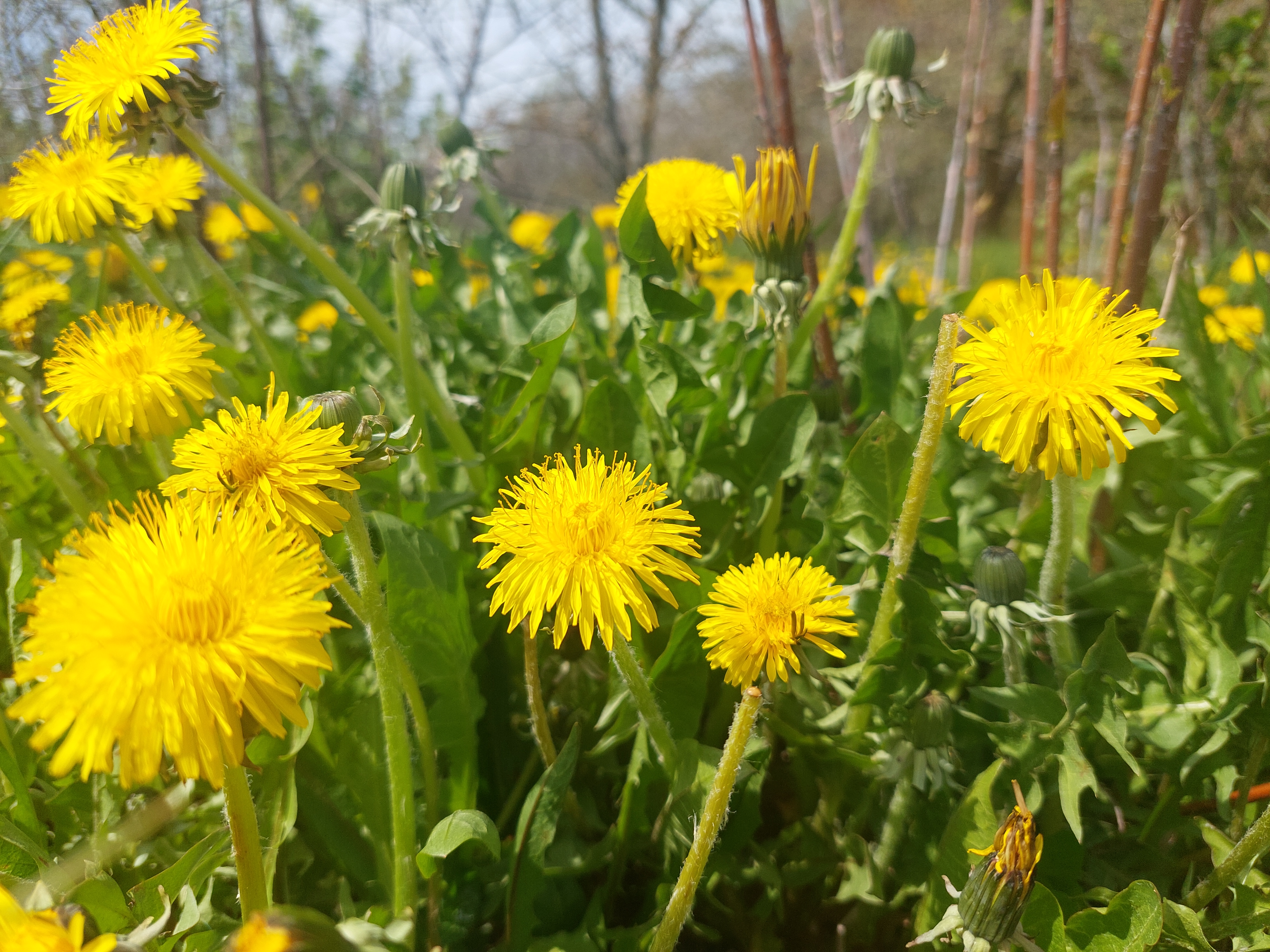DANDELION (‘Taraxacum officinale’)
 © E. Bēvalde.
© E. Bēvalde.Perennial, small (10-45 cm) annual plant of the sedge family. A very variable looking plant. All parts of the plant contain a white milky sap. The root is thick, spindle-shaped. Leaves in a rosette, plane-shaped, tufts unevenly triangular, becoming more detailed from the top of the leaf to the base. Stem (flower) with a cavity, does not branch, one flower basket at the end. Blooms in May and June.
Dandelion is considered a weed, but at the same time it is a very important nectar plant and medicinal plant.
The healing properties of dandelion have been known since ancient times – all parts of the plant can be used: roots, stems, leaves and flowers. The parts of the plant can be used in food – they are an excellent source of fiber, phosphorus, iron, magnesium and vitamins of group A, C and B. Dandelions contain more beta-carotene than carrots and have a higher overall nutritional value than broccoli and spinach.

